As environmental awareness continues to rise among consumers and businesses alike, the floristry industry is adapting to meet the growing demand for sustainable and eco-friendly bouquets. One of the most notable trends is the increased interest in locally sourced flowers. By sourcing blooms from nearby farms, florists not only reduce carbon emissions associated with transportation, but they also support local economies. This shift towards local sourcing encourages the use of seasonal flowers, which are naturally aligned with their growing seasons and often require fewer resources for cultivation.
An essential aspect of the trend towards sustainability is the adoption of organic farming practices. These practices minimize the use of synthetic fertilizers and pesticides, resulting in flowers that are not only healthier for the environment but also safer for consumers. Many consumers now actively seek out organic flowers, prompting florists to expand their partnerships with organic growers. This move not only adheres to their environmentally conscious values but also adds a layer of appeal to their offerings.
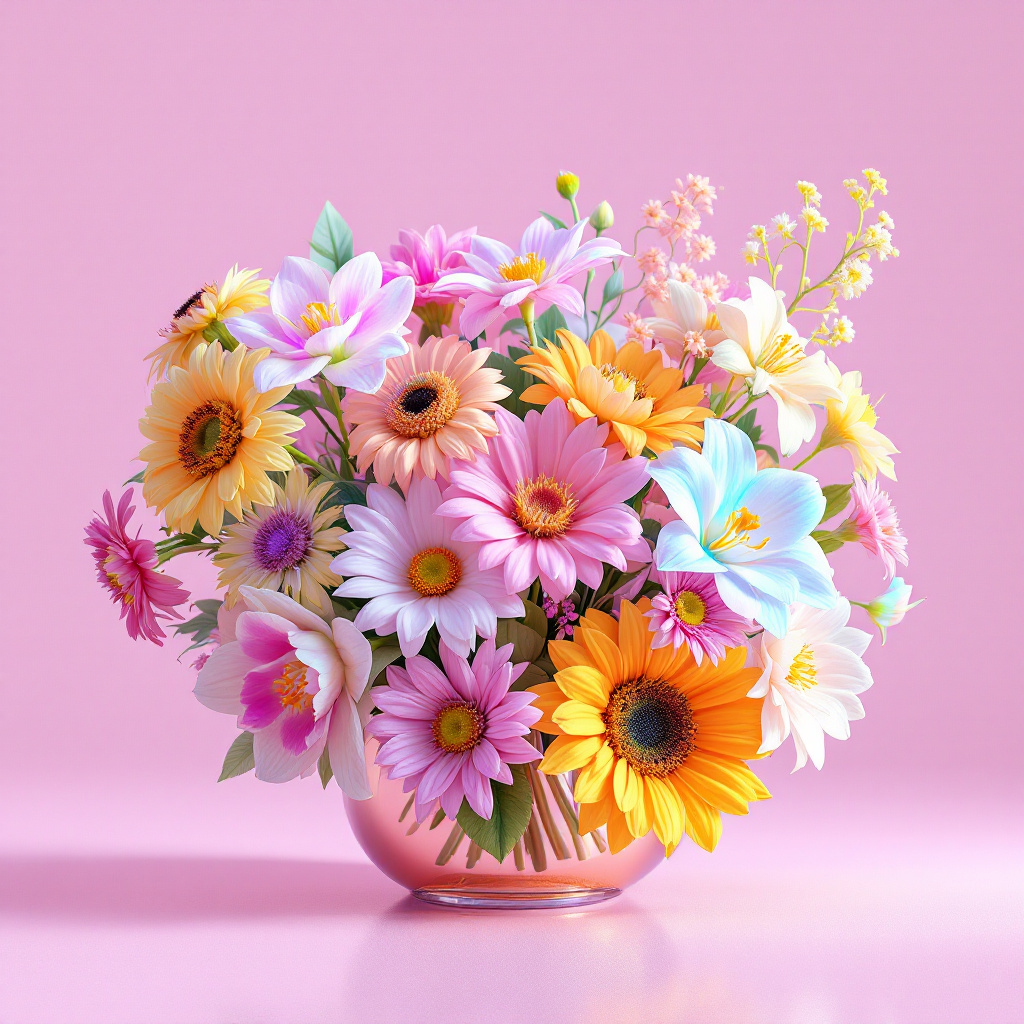
Biodegradable packaging is another critical component in the realm of eco-friendly bouquets. Traditional plastic packaging has drawn considerable backlash due to its environmental impact, which has pushed florists to explore alternative materials. These biodegradable options help reduce waste and align with consumer preferences for sustainable products. Additionally, florists are increasingly incorporating durable and recyclable materials in their bouquet designs, further enhancing their commitment to eco-friendliness.
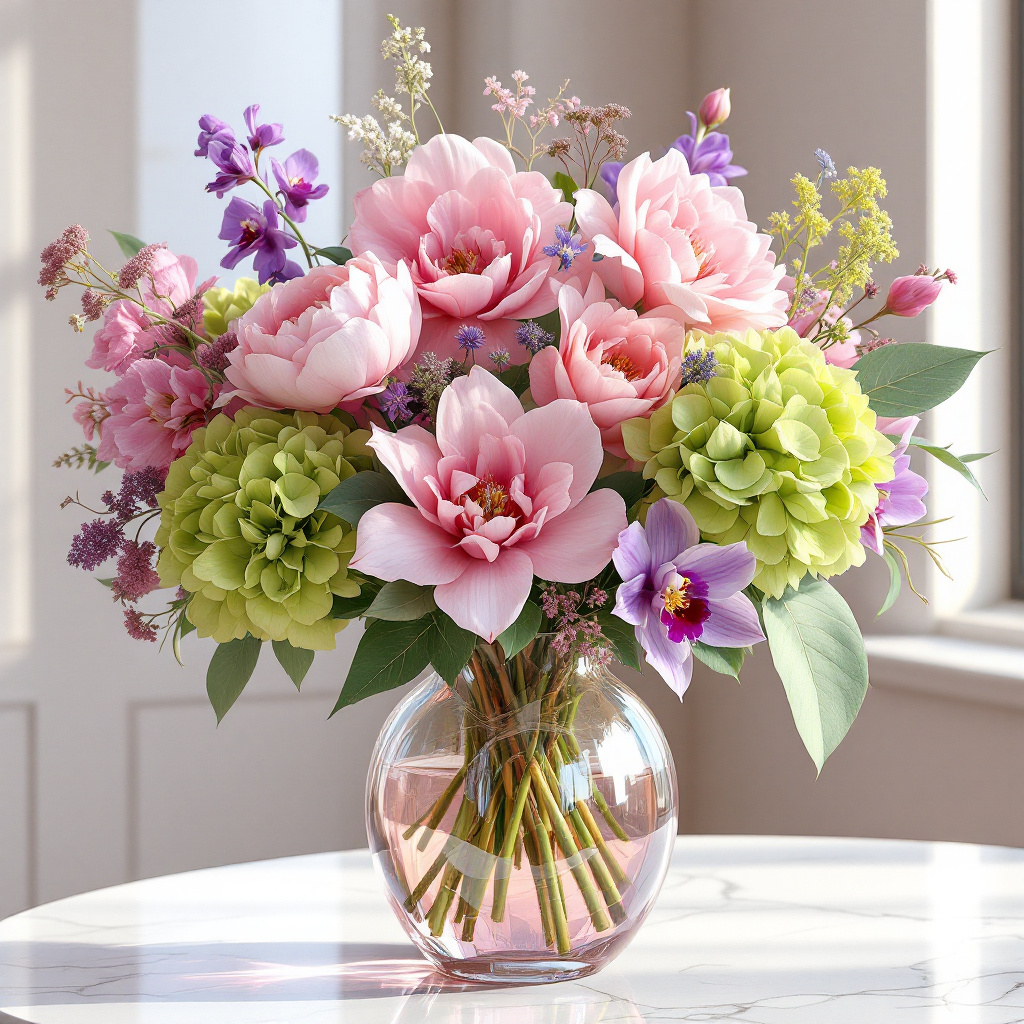
Florists are also beginning to incorporate native flowers into their designs, as these species typically require less water and fewer resources to cultivate, making them an ideal choice for sustainable bouquets. By embracing these practices, the floristry industry not only aligns itself with the principles of sustainability but also appeals to a new generation of environmentally conscious consumers.
Bold Color Palettes and Unconventional Combinations
As the floral industry progresses into 2025, a notable shift towards bold and vibrant color palettes in flower bouquets is emerging. Florists are increasingly moving away from conventional and subdued color schemes, embracing an exhilarating array of hues that resonate with the vibrancy of contemporary culture. This new trend invites the exploration of striking colors paired with unexpected tones, offering a fresh take on floral arrangements.
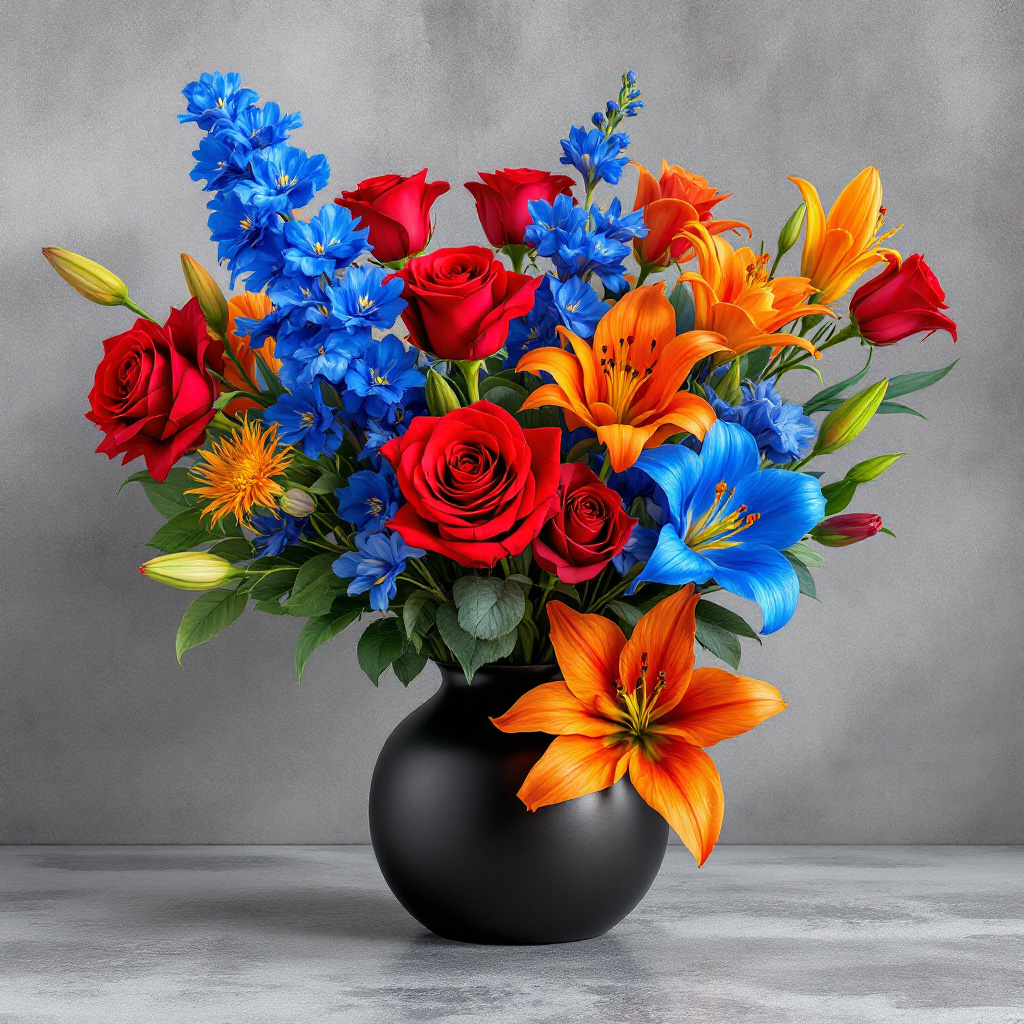
One of the significant aspects of this trend is the influence of color theory. Florists are creatively integrating contrasting colors and unconventional combinations to produce eye-catching arrangements. The use of vivid oranges, deep purples, and bright pinks against subdued greens or classic whites creates dynamic visual interest. This unexpected interplay of colors piques the viewer’s curiosity while simultaneously evoking a sense of exuberance and joy.
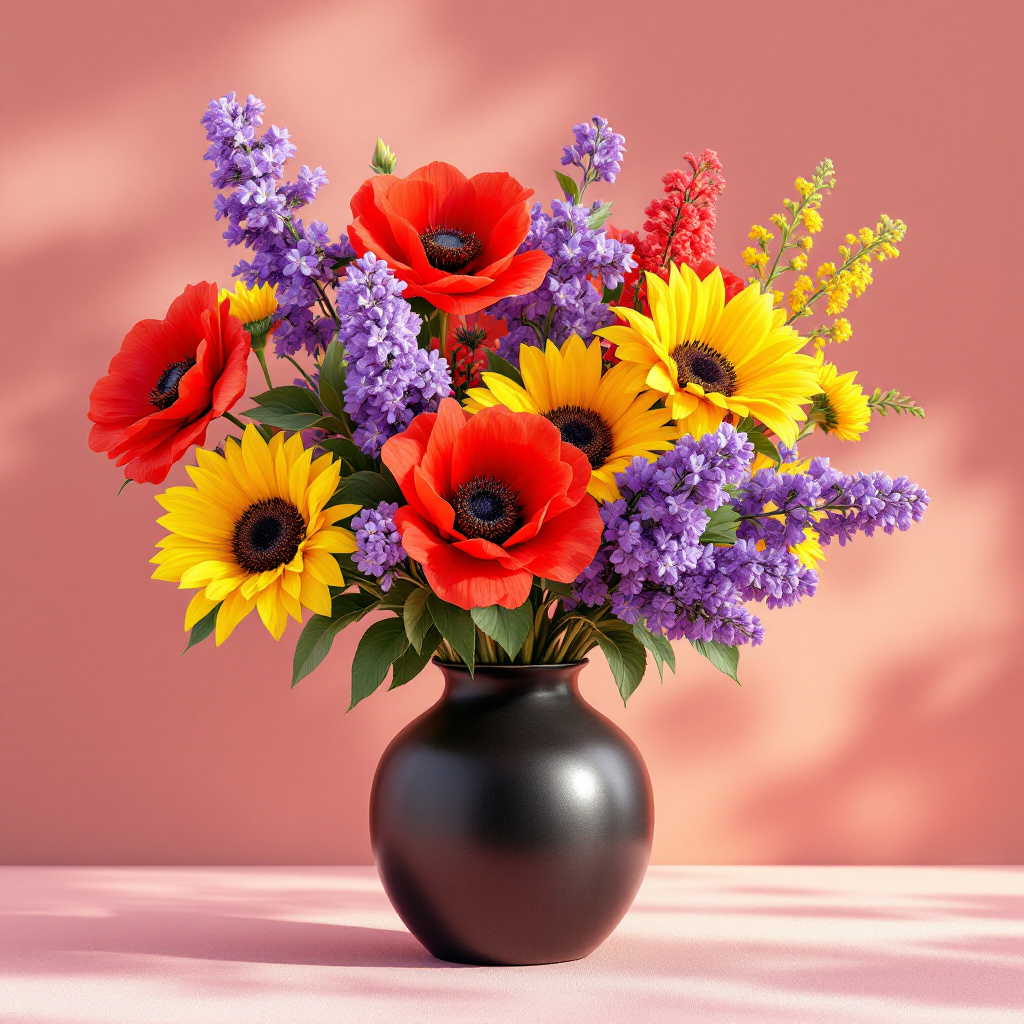
Flowers and Gardening Furthermore, cultural influences play a vital role in diversifying color palettes for flower bouquets. As global ideas and aesthetics become more accessible, florists are tapping into unique color combinations that reflect various cultures and traditions. For instance, warm earth tones inspired by Mediterranean landscapes may be combined with the vibrant colors typically associated with South American festivals. Such a blend not only celebrates diversity but also enhances the emotional impact of floral arrangements.

Seasonal variations also contribute significantly to the evolution of color trends in bouquets. For instance, springtime floral designs may evoke playful pastels, while autumn arrangements could feature bold, rich jewel tones. By adapting to the changing seasons, florists are showcasing their creativity and ensuring that each bouquet is not just a product but a statement piece that resonates with its time.
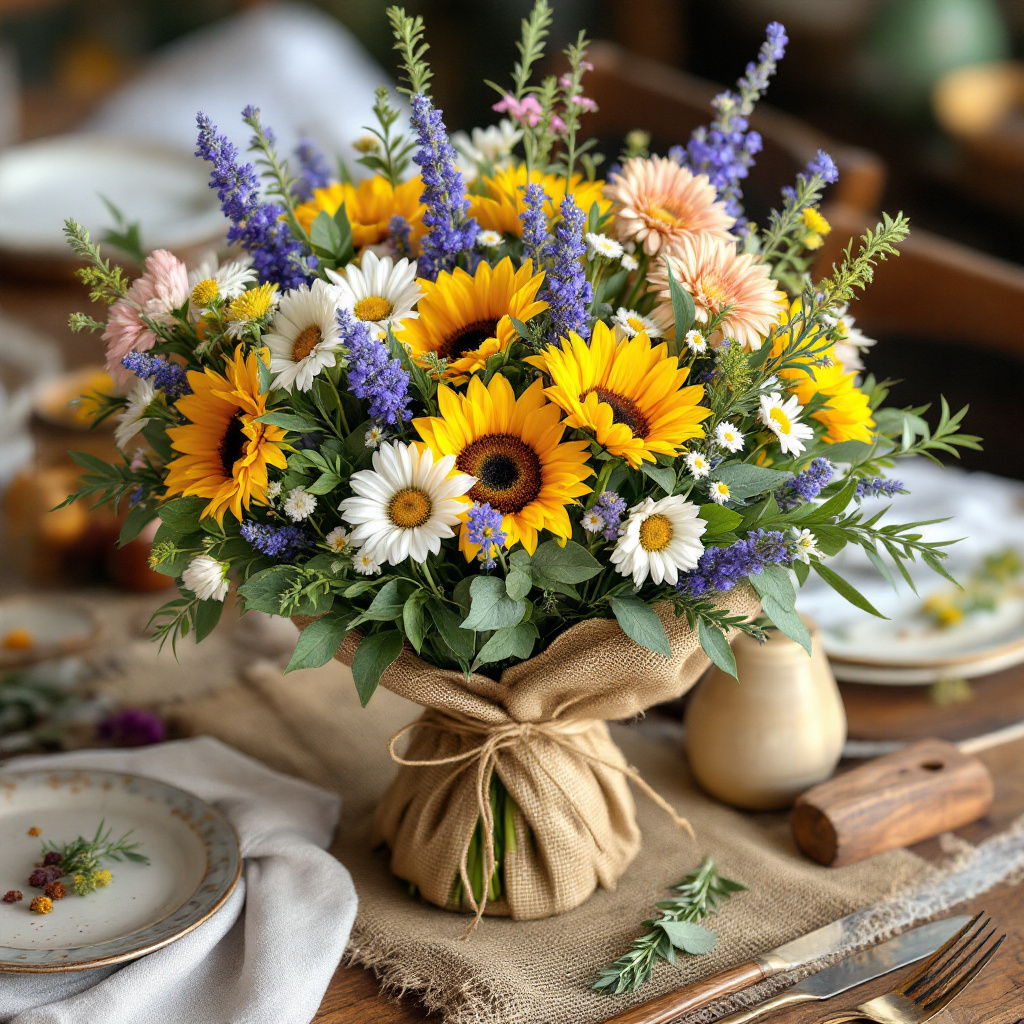
As we move forward, these bold color palettes and unconventional combinations are poised to redefine the perception of flower bouquets, making them a vital aspect of personal and aesthetic expression.
Personalization and Customization in Floral Arrangements
In recent years, there has been a marked shift towards personalization and customization within the floral industry, particularly regarding flower bouquets. Consumers increasingly seek unique and tailored gifts that reflect individual preferences and sentiments. As a result, florists are responding by offering a more flexible approach to bouquet design, allowing customers greater input in the selection of specific flowers and colors. This move towards customization not only fosters a sense of personal connection to the arrangement but also elevates the gift-giving experience.
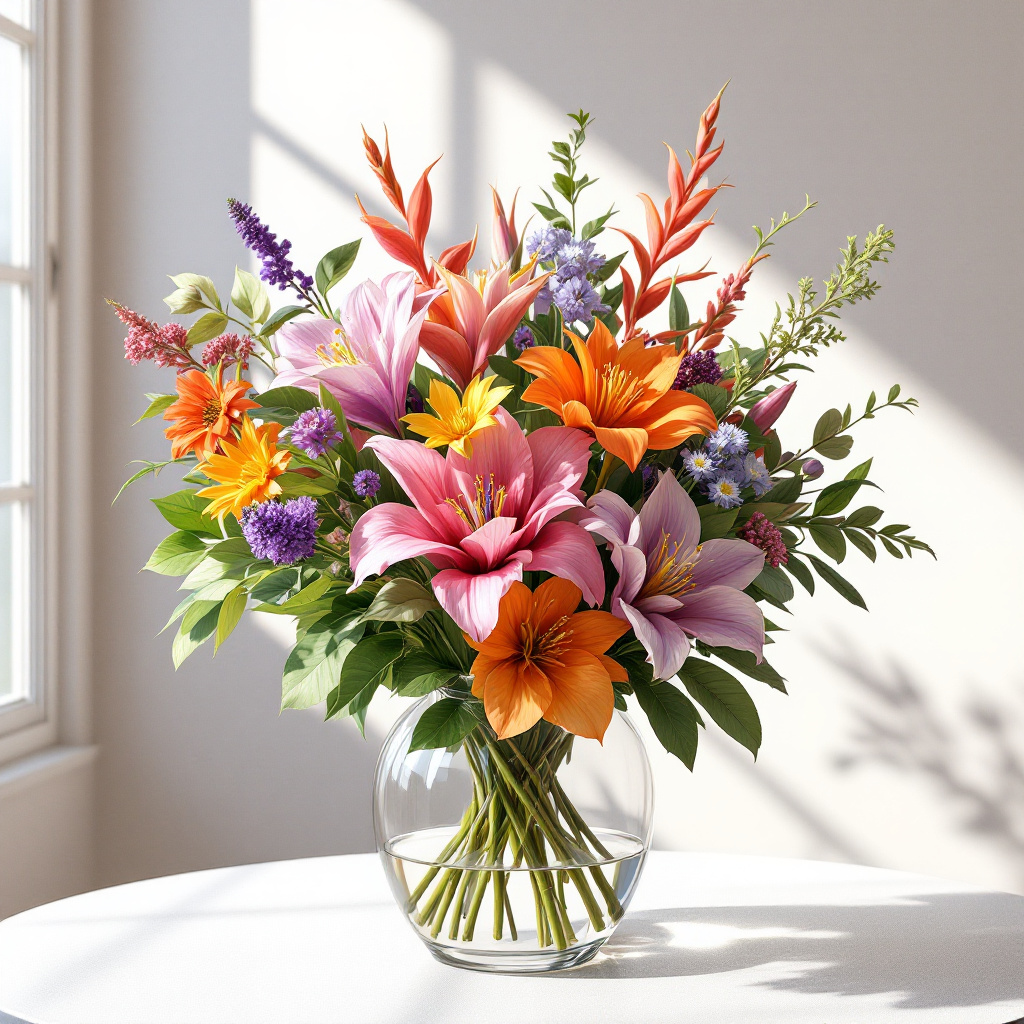
Modern florists now provide an array of options that enable clients to curate their ideal bouquet. By choosing from various flower types, colors, and sizes, customers can express their personality or convey specific emotions. For instance, someone may opt for vibrant, bold flowers to celebrate a joyous occasion, while others might prefer muted tones for a more understated expression. This degree of customization extends beyond the visual aspects; florists are often open to including meaningful elements, such as personal messages, themes, or even sentimental items, that further enhance the bouquet’s significance.
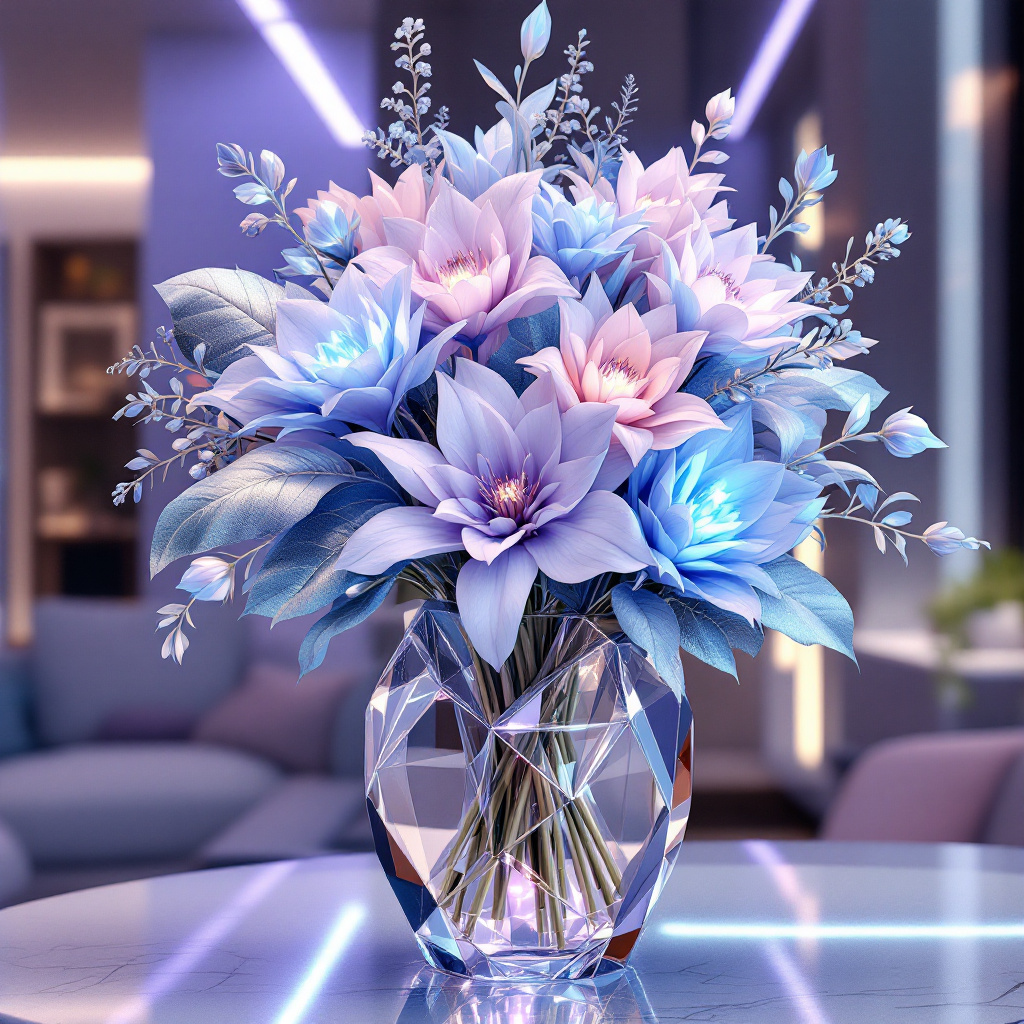
The advancement of technology has significantly bolstered the customization trend within the floral market. Online ordering systems now empower users to engage in the creative process from the comfort of their homes. Many websites and applications allow customers to visualize their arrangements in real-time, making selections that resonate strongly with their preferences. Additionally, features such as flower subscription services enable consumers to receive customized bouquets periodically, aligning with personal tastes or seasonal themes. This level of engagement transforms the experience of purchasing flowers from a simple transaction into an interactive and personalized journey, reinforcing the emotional value associated with floral gifts.
Incorporation of Non-Traditional Elements
As we look ahead to flower bouquet trends for 2025, one of the most exciting developments is the incorporation of non-traditional elements that significantly enhance the aesthetics of floral arrangements. These innovative components not only add depth and texture but also allow for more personalized expressions of style. Dried flowers, once considered outdated, are experiencing a renaissance in bouquet design. Their muted colors and varied textures effectively create a rustic charm, making them ideal for diverse occasions.
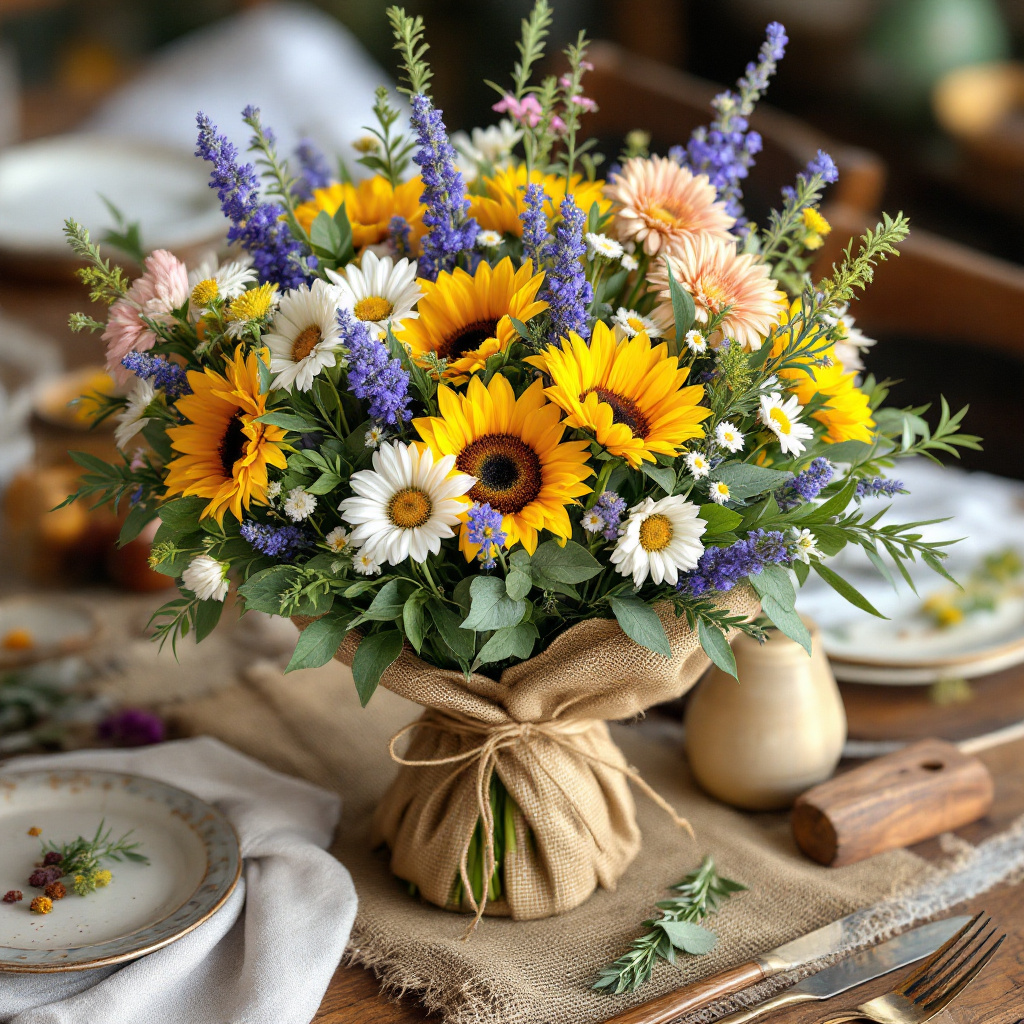
In addition to dried flowers, natural branches and varied greenery such as eucalyptus, ferns, and moss are gaining prominence in contemporary bouquets. This trend aligns with a broader appreciation for organic materials in both fashion and interior design. Integrating branches into bouquets creates striking silhouettes and can frame the focal flowers, drawing attention to their beauty while maintaining a harmonious balance. Greenery adds lushness and richness, enriching the overall composition with varying shades of green that complement the other elements.
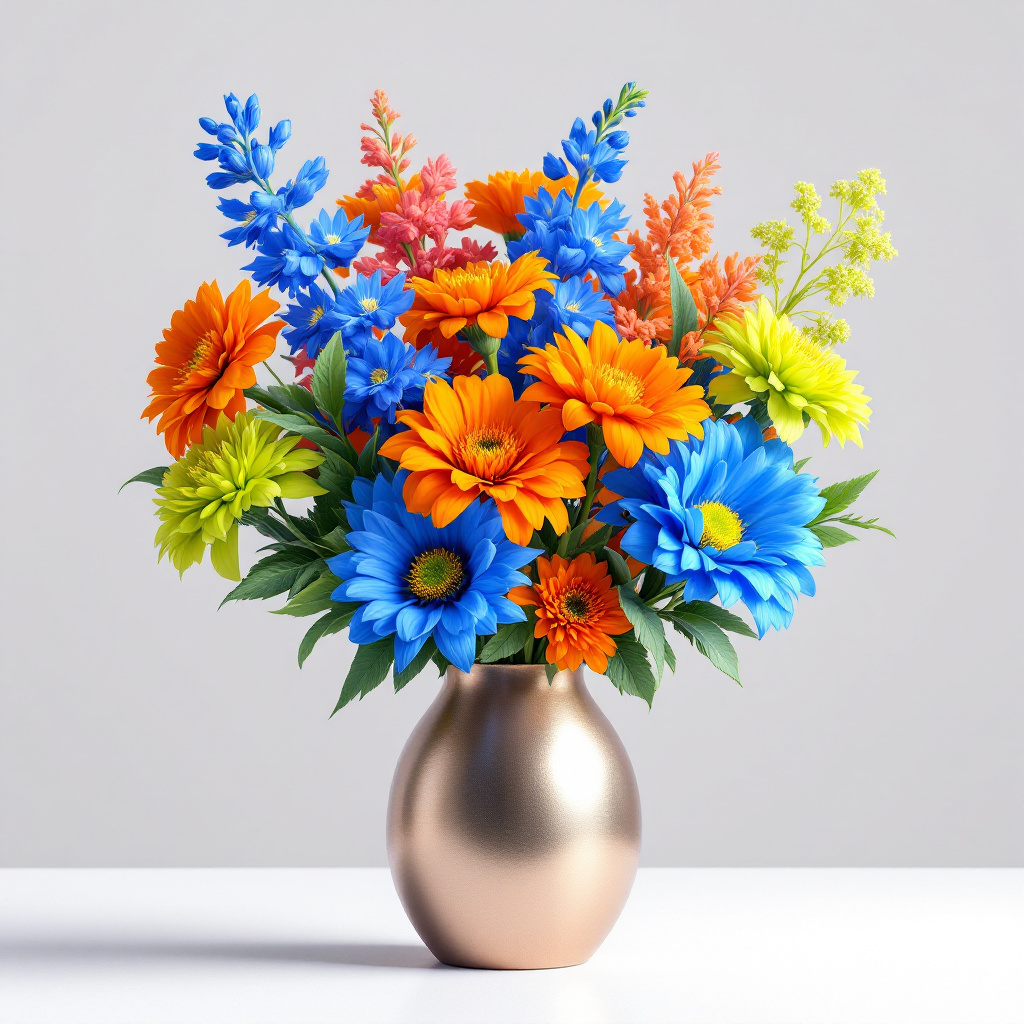
The influence of synthetic materials is also noteworthy; designers are using these components to introduce artistic flair and phenomenal durability to floral arrangements. Synthetic flowers and embellishments, such as feathers or fabric pieces, allow for bold design choices that may not be feasible with traditional blooms alone. This versatility appeals to modern tastes and upscale trends, reflecting a shift towards eclectic styles that merge elegance with unique artistic expression.
Furthermore, events such as weddings and corporate gatherings are increasingly demanding floral arrangements that break from the norm. Fashion trends, which often sway toward the avant-garde, exert a considerable influence on floral design, encouraging floral artists to experiment with unexpected combinations. As 2025 approaches, it is clear that the world of flower bouquets is transitioning into a realm where the innovative and non-traditional reigns supreme.

